Introducing Red Ayahuasca Vine (Banisteriopsis Muricata) from Napo, Peru.
Sourced directly from the lush rainforests of Napo, Peru, this Red Ayahuasca Vine is carefully harvested and prepared by indigenous communities who have a deep understanding of its traditional and spiritual uses.
The difference between Banisteriopsis Muricata and Banisteriopsis Caapi
Banisteriopsis muricata and Banisteriopsis caapi are two species of plants belonging to the same genus, but they have some notable differences:
Botanical Characteristics:
- Banisteriopsis Muricata: Also known as “Yage” or “Muricata,” this plant is native to the Amazon rainforest and is characterized by its vine-like growth habit. It has distinctive elongated leaves and small, greenish-yellow flowers.
- Banisteriopsis Caapi: Commonly referred to as “Ayahuasca” or “Caapi,” this plant is also indigenous to the Amazon basin and is recognized by its woody vine with twisting tendrils. Its leaves are typically heart-shaped, and it produces small, white or yellow flowers.
Chemical Composition:
- Both Banisteriopsis muricata and Banisteriopsis caapi contain psychoactive compounds known as beta-carboline alkaloids, which are responsible for their hallucinogenic properties. The primary alkaloid in both species is harmine, although Banisteriopsis caapi may contain higher concentrations of this compound.
Cultural and Shamanic Use:
- Banisteriopsis muricata and Banisteriopsis caapi are both revered by indigenous tribes of the Amazon for their spiritual and medicinal properties. They are key ingredients in the preparation of Ayahuasca, a sacred brew used in traditional shamanic ceremonies for healing, divination, and spiritual exploration.
- While Banisteriopsis caapi is the most commonly used vine in Ayahuasca preparations due to its high potency and widespread availability, Banisteriopsis muricata is also utilized in certain regions where it is endemic.
Geographic Distribution:
- Banisteriopsis muricata is primarily found in regions of the Amazon rainforest, including parts of Peru, Ecuador, Colombia, and Brazil.
- Banisteriopsis caapi has a broader distribution across the Amazon basin and can be found in countries such as Peru, Brazil, Colombia, Ecuador, and Venezuela.
Traditional Medicine:
- In addition to their ceremonial use in Ayahuasca rituals, both Banisteriopsis muricata and Banisteriopsis caapi have a long history of medicinal use among indigenous communities. They are believed to possess various therapeutic properties, including anti-inflammatory, anti-parasitic, and antidepressant effects.
In summary, while Banisteriopsis muricata and Banisteriopsis caapi share similarities in terms of their psychoactive constituents and cultural significance, they also exhibit distinct botanical characteristics and geographic distributions. Both plants play integral roles in indigenous traditions and spiritual practices, contributing to the rich tapestry of Amazonian ethnobotany.

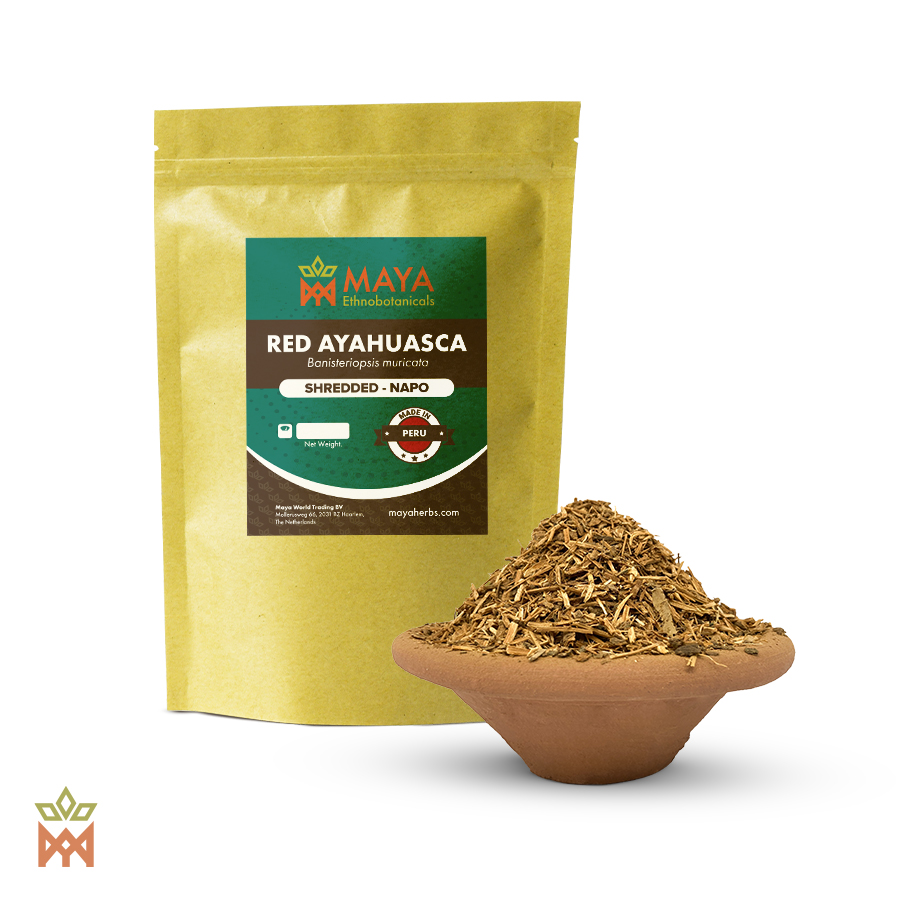

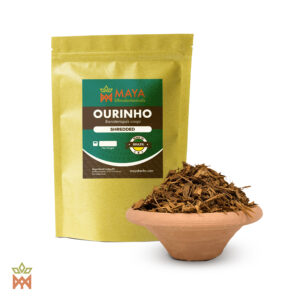
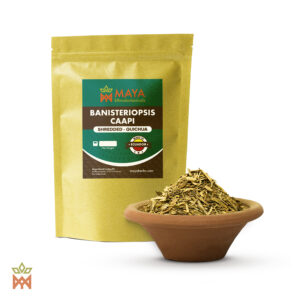

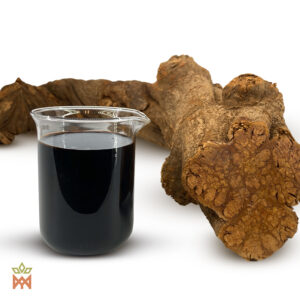
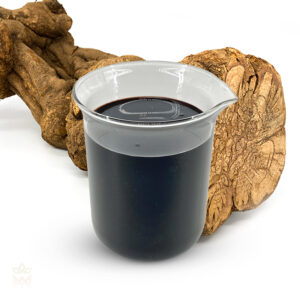

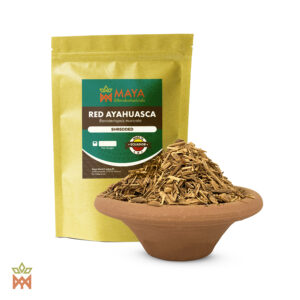
Reviews
There are no reviews yet.